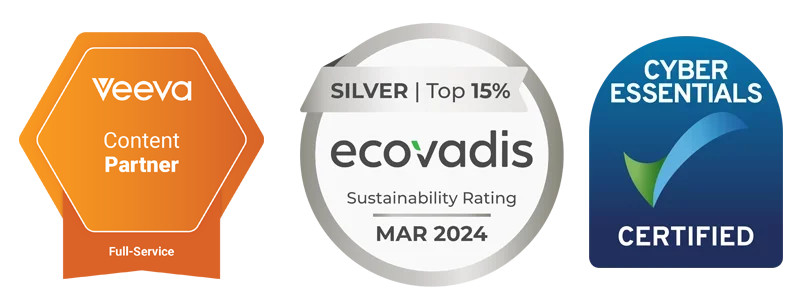Case Study
What our client needed
Our client was looking to develop a digital value communication tool for their Key Account Managers (KAMs) to use with secondary care decision-makers to demonstrate the clinical and economic value of bringing prescribing practices in line with new NICE treatment guidelines that included a recommendation for use of their product.
Whilst increased use of our client’s product could help to improve patient outcomes and generate healthcare system savings by reducing hospital readmissions and associated bed-days, it had a significantly higher acquisition cost than alternative treatments. The communication tool would, therefore, need to present the value proposition for the product, whilst demonstrating that any upfront investment could be offset by downstream savings, in the context secondary care priorities and pressures and changes to NHS funding flows and commissioning arrangements. The tool would be used in both remote and face-to-face meetings with secondary care stakeholders.
How we supported them
We developed an interactive digital value communication toolkit for the iPad that integrated fully with the client’s Client Relationship Management (CRM) platform.
Our value communication experts developed a clear, concise value story, scoped and validated by appropriate representatives from our network of NHS Associates, that addressed:
- The burden of the disease to patients and the healthcare provider
- Pressures and decision drivers in secondary care settings
- The value of increased use of the product
Our health economists developed a simple, yet fully localisable and editable, budget impact model (BIM), which presented a compelling argument for use of the treatment. The BIM included selection of the relevant hospital trust and a real-world dataset of trust-level disease incidence.
Our design and digital teams then worked together to combine these elements into an interactive toolkit that aligned with the product’s brand identity. The toolkit included the ability to send a dynamic summary report directly to the audience via the CRM system, capturing the scenario created by the KAM and the customer.
To support the KAM team in effective use of the tool, we provided a detailed user-guide and a full day of interactive training for KAMs, including a demonstration of the tool, practice exercises and best practice workshops.
The outcome
The interactive tool enabled our client’s KAMs to engage effectively with NHS decision makers and to alleviate concerns about the financial impact of increased use of their product in line with NICE guidelines. The client was delighted with the finished toolkit and received great feedback from their field team. Shortly after tool deployment, one KAM reported that use of the tool with a customer contributed to a formulary change in favour of their product in their hospital trust.
How we added value
During tool content development, we conducted interviews with several of our NHS Associates with relevant experience, to gain their perspectives on the healthcare environment and the messages that would resonate with those making healthcare decisions relating to use of the product. These interviews provided insights that would not otherwise have been available and that directly influenced the scope and content of the final tool.
Client testimony
“The Budget Impact Model was exactly what we had in mind and we were delighted with the project overall. 10/10. Sales on the product are 50% higher than they were in the same week last year – a great result – the medicine is being used in hospital trusts and is saving lives.”
MD, Pharma Company


